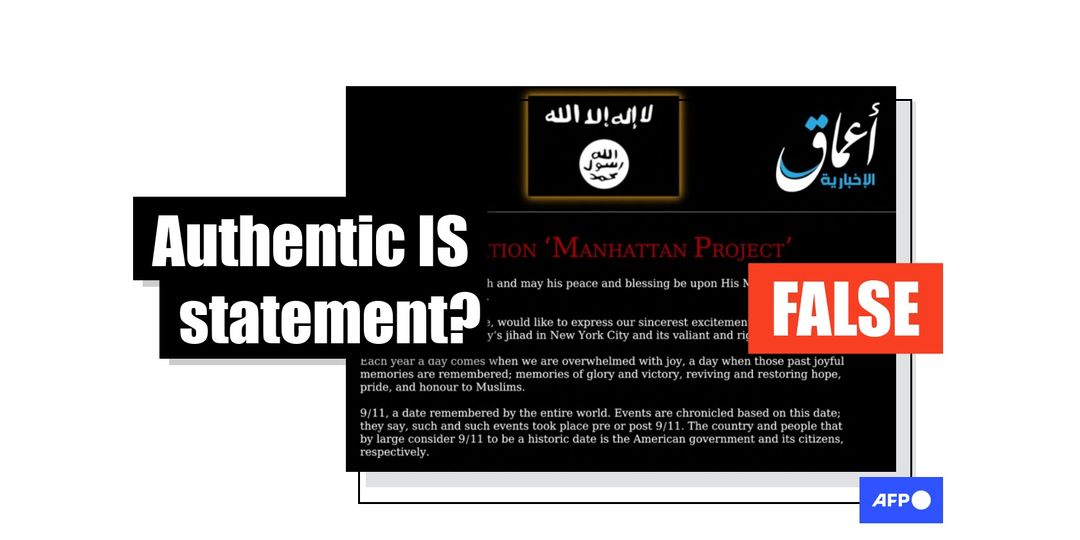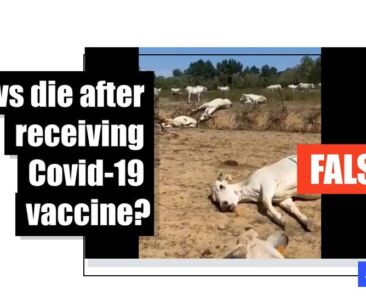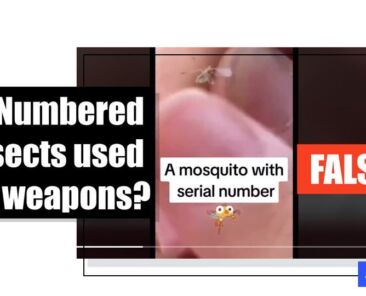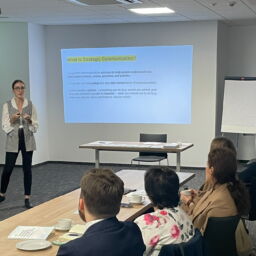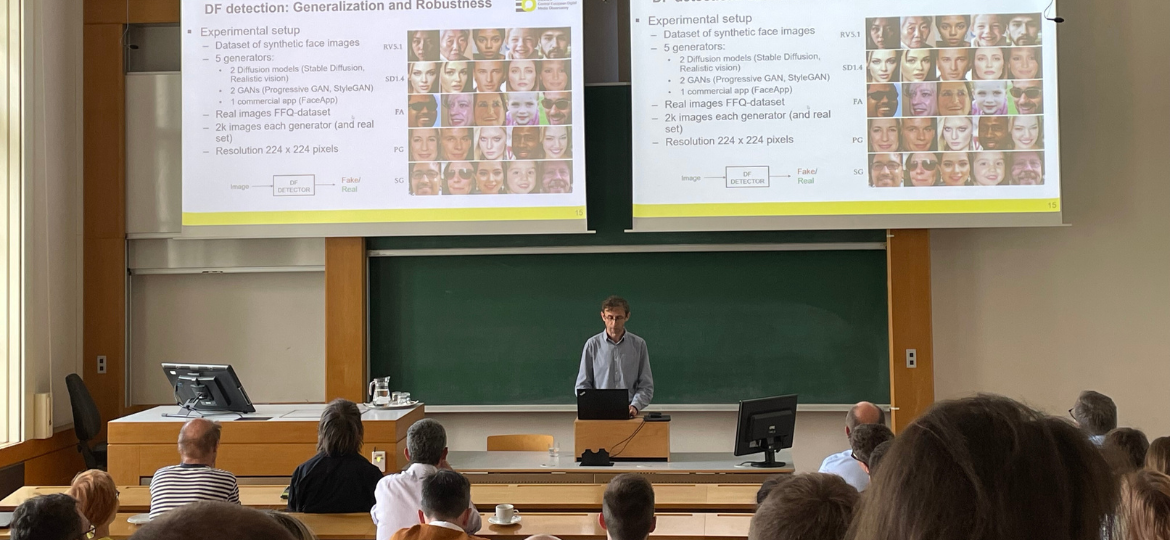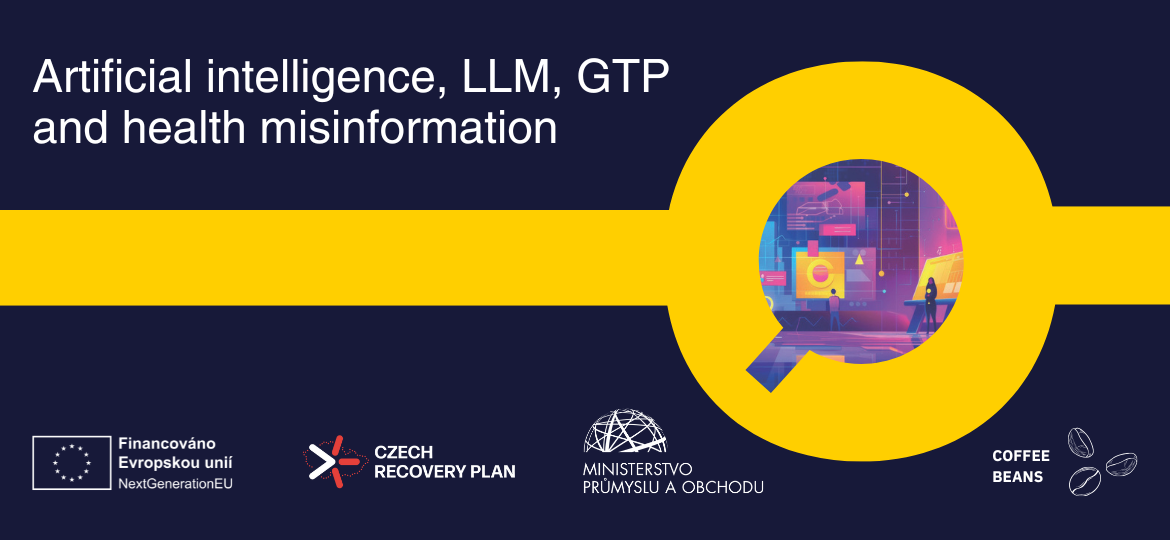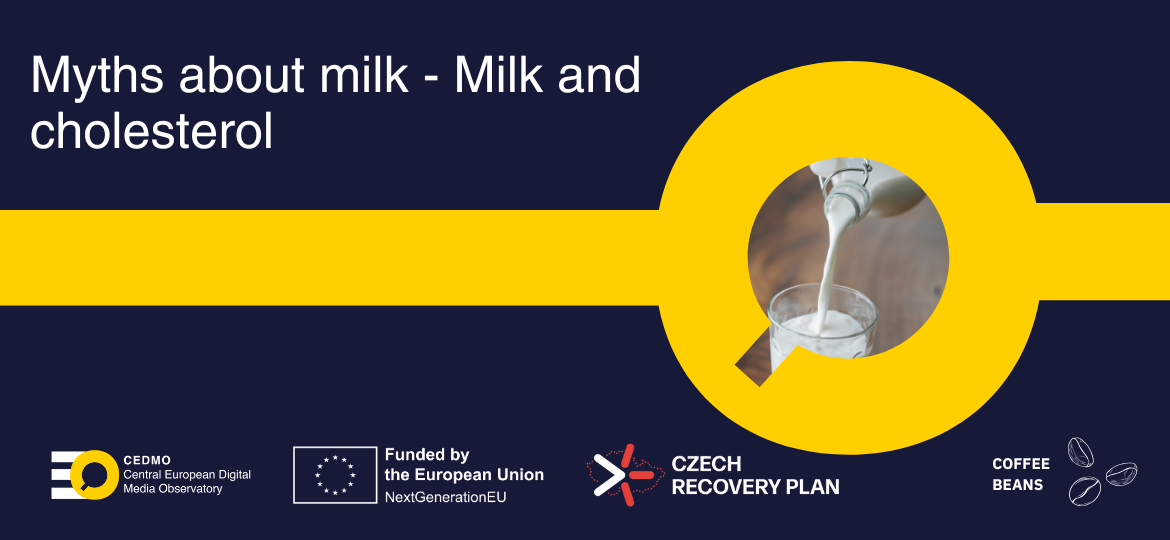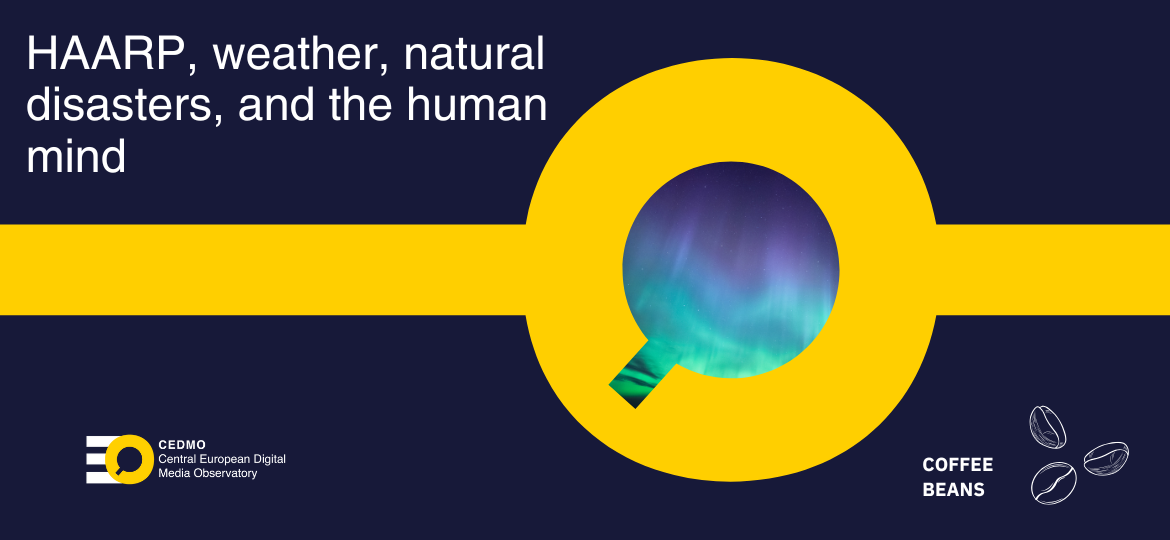About CEDMO
The Central European Digital Media Observatory (CEDMO), as an independent non-partisan multidisciplinary hub, aims to identify, research and prioritise the most critical sources and causes of information disorders in Central Europe (mainly the Czech Republic, Slovakia and Poland). This international consortium was created to propose a set of short and longer-term actions, as well as recommendations to help civil society, public institutions and the private sector respond to the declining trust in key institutions and help society to resist the effect of increasing exposure to mis- and disinformation.
By interacting and coordinating with European Digital Media Observatory (EDMO) and other regional EDMO hubs in EU, CEDMO will contribute to curbing threats posed by information disorders, including disenchantment with the democratic processes, and discord in civil society in Europe, and to building community and nation-wide resilience while protecting information ecosystems.
About CEDMO
The Central European Digital Media Observatory (CEDMO), as an independent non-partisan multidisciplinary hub, aims to identify, research and prioritise the most critical sources and causes of information disorders in Central Europe (mainly the Czech Republic, Slovakia and Poland). This international consortium was created to propose a set of short and longer-term actions, as well as recommendations to help civil society, public institutions and the private sector respond to the declining trust in key institutions and help society to resist the effect of increasing exposure to mis- and disinformation.
Our Partners
About CEDMO
The Central European Digital Media Observatory (CEDMO), as an independent non-partisan multidisciplinary hub, aims to identify, research and prioritise the most critical sources and causes of information disorders in Central Europe (mainly the Czech Republic, Slovakia and Poland). This international consortium was created to propose a set of short and longer-term actions, as well as recommendations to help civil society, public institutions and the private sector respond to the declining trust in key institutions and help society to resist the effect of increasing exposure to mis- and disinformation.
Our Partners
“Within a few years it is predicted that due to the ice melt the sea will rise and make most coast cities uninhabitable,” says text in a June 1, 2022 Facebook post.
“For those of you excited about electric cars and a green revolution, I want you to take a closer look at batteries and also windmills and solar panels. These three technologies share what we call environmentally destructive production costs,” says the text of a March 12, 2022 Facebook post.
“BREAKING: 86% of children suffered an adverse reaction from the COVID vaccine, according to Pfizer clinical trials,” says a July 15, 2023 tweet from Leading Report, which AFP has previously fact-checked for spreading misinformation.
“I’m gonna tell you what I just found out about lab-grown meat and I can assure you, you’re going to be disgusted,” says Kashif Khan, content creator and CEO of a DNA testing company, in a June 25, 2023 Facebook reel.
“WARNING. Graphic Footage. Northern Italy,” says a June 2, 2023 tweet sharing the video. “Government came and vaccinated cattle against cv19. Look at the result all dead or dying the next day.”
“BREAKING: Ukraine ‘soldiers’ have resorted to faking combat in order to appear ‘war torn’ so the slush fund from the U.S. keeps churning money their way!” says a March 1, 2025 X post with thousands of interactions.
A common theme among spreaders of disinformation is that Ukrainian President Volodymyr Zelensky is a Nazi or that he embezzles Western aid intended for Ukraine. In the past, disinformation spreaders have falsely claimed that he bought a former mansion of Joseph Goebbels, two luxury yachts or even Adolf Hitler’s Mercedes.
“Stop buying all aquatic and processed products from Europe,” read Chinese text overlaid on a TikTok video uploaded on December 12, 2023.
“Why would mosquitoes have serial numbers unless they’re used as a bio weapon. We are under full attack,” says a post shared to Gettr, a conservative social media platform, on September 22, 2023.
“Buzz Aldrin admits Moon Landing was fake,” says the caption of a video posted on a Philippine-based Facebook page on March 16, 2023.
“Tariff problems, a sudden attack,” reads simplified Chinese sticker text on an April 11 Douyin video of a man appearing to walk on stage behind Trump, hit him, and walk away as Trump ducks and Secret Service agents rush up to protect him.
Climate change deniers are pushing an AI-generated paper questioning human-induced warming, leading experts to warn against the rise of research that is inherently flawed but marketed as neutral and scrupulously logical.
“BREAKING NEWS: TRUMP STRIKES BACK — DEATH PENALTY FOR mRNA CRIMES NOW ON THE TABLE”, reads the headline of a lengthy Facebook post published on February 26, 2025.
“Joe is hated all over the world,” said “Catturd,” an account popular with supporters of former president Donald Trump, in a February 22, 2023 tweet sharing the image.
“Now Biden is doing what he said 10 months ago would lead to World War III. He is sending in American tanks,” said former president Donald Trump, who is gearing up for the 2024 election, in a video tweeted February 1, 2023.
“I guess Biden thinks that $44 billion buys him exclusive groping rights,” says one of several tweets that shared the image, referencing emergency assistance earmarked for Ukraine in a $1.7 trillion spending bill that the US Senate passed December 22.

















